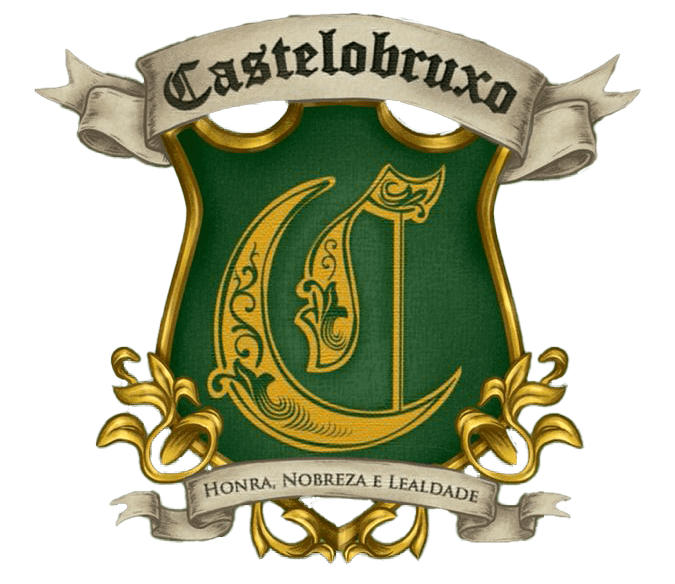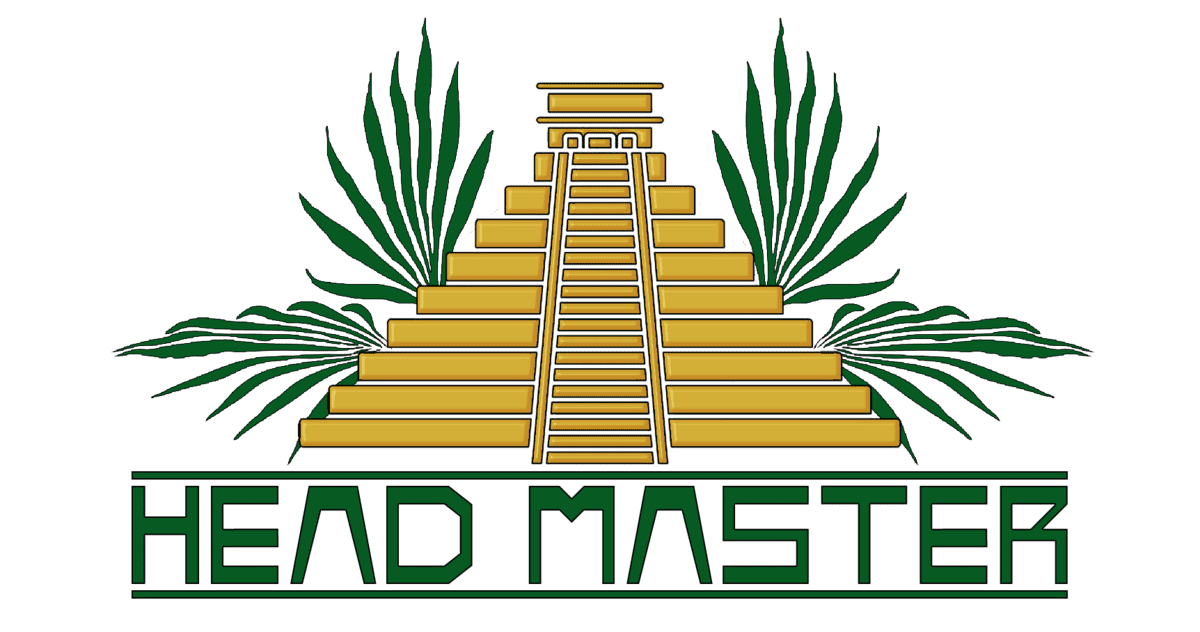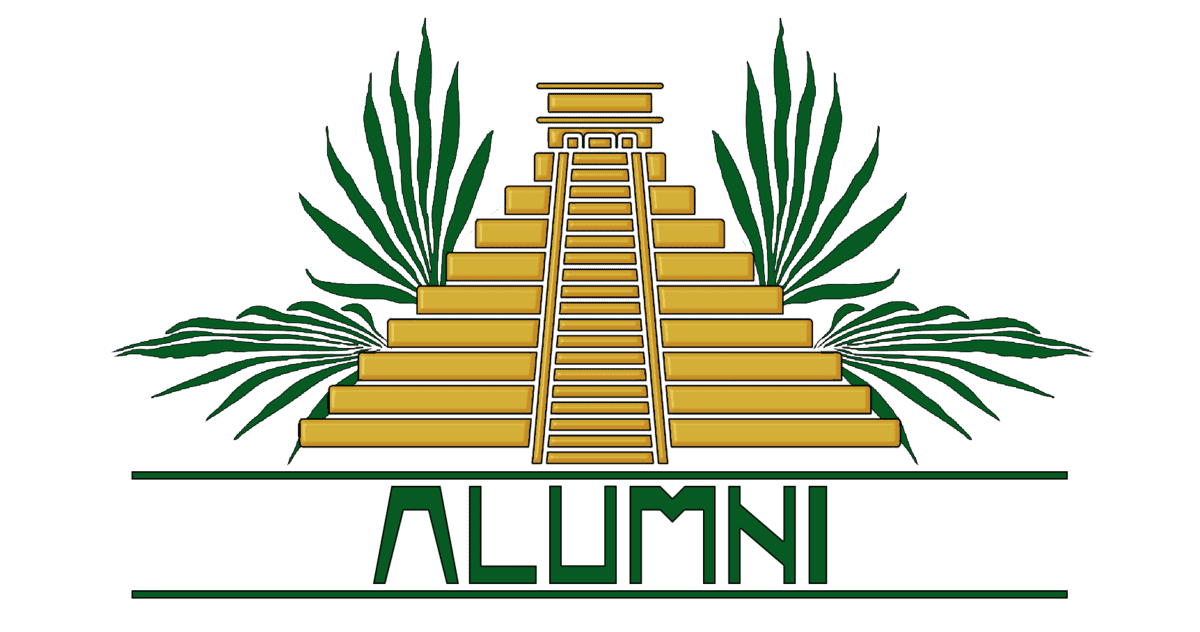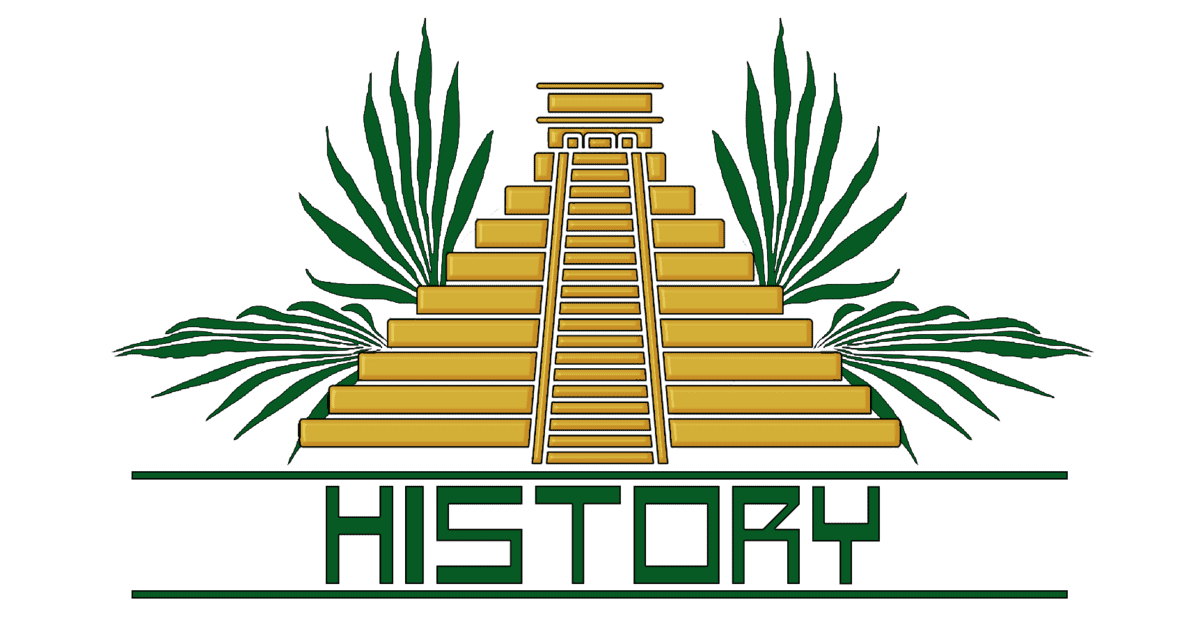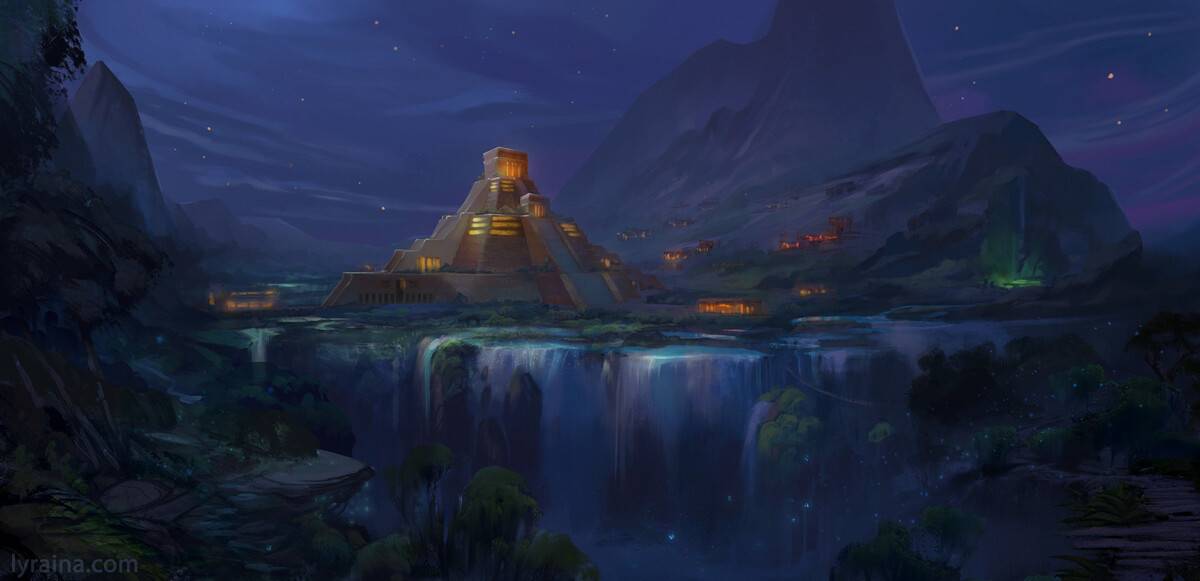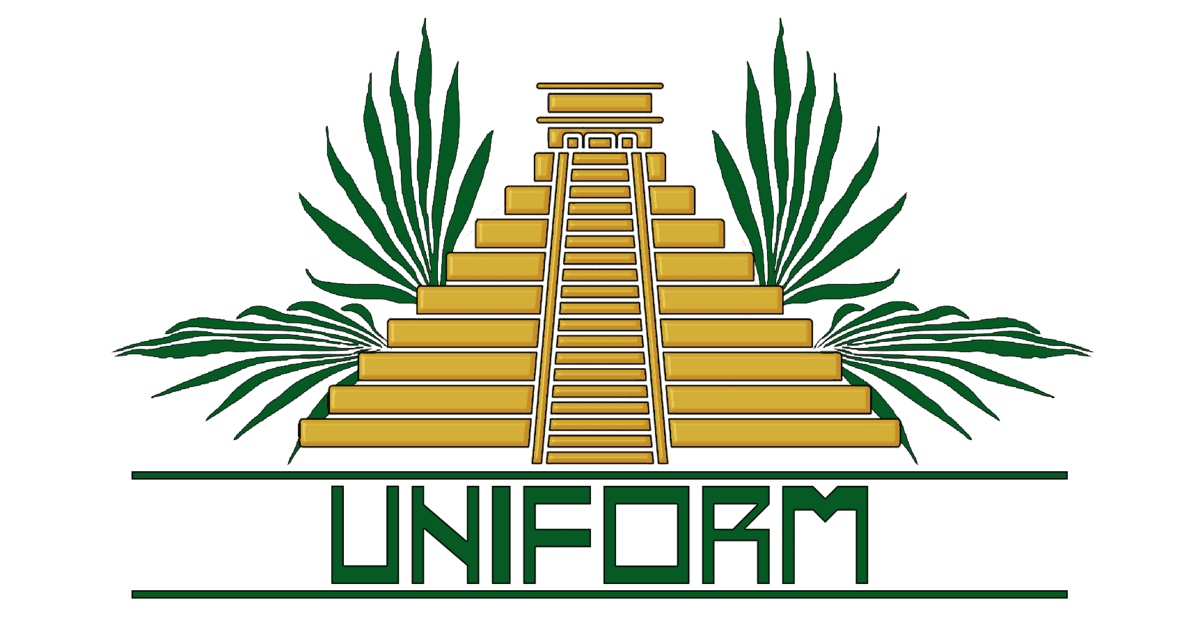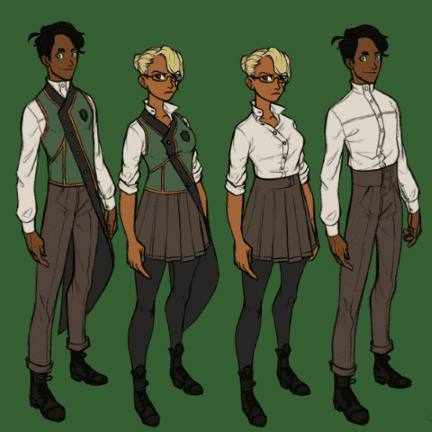Castelobruxo
.........................
..........................................................
............................................................
.............
.............................................................
............
............................................................
............
............................................................
.............
............................................................
.............
.............................................................
..............
..............................................................
.............
..............................................................
........
.........................
.............................................................
...
...........................................................
.............................................................
...
.............................................................
.......
.............................................................
.......
..............................................................
..........
.............................................................
..........
.............................................................
.....
..........................
..........................................................
......
...........................................................
............................................................
....
............................................................
...........
............................................................
......
............................................................
.............
.............................................................
............
............................................................
............
............................................................
.............
............................................................
.....
Age: 63 (Born January 15th, 1959)
Nationality: Colombian
Blood Status: Half-Blood
Born the youngest and only daughter of a family of six half-blooded siblings, Sónia was raised in the metropolis of Bogotá. Her father was a small-time file clerk inside the Colombian Ministry of Magic, while her mother was a local baker. As a child, Sónia had a natural affinity with the natural arts of magizoology, and as a student of Castelobruxo excelled in her studies of the subject of the same name.
At the age of eleven, Sónia’s invitation to Castelobruxo arrived via beautiful Scarlet Macaw, a letter clutched in between its claws. Even as a child, Sónia held herself with grace and poise, however even with the grace, she was terribly shy compared to her more outspoken brothers. Throughout her several years at Castelobruxo, she excelled in her studies but yet she couldn’t help but find that her love of magizoology was still the most prevalent in her heart. This love stayed with her all the way through graduation and into her adult life.
As an adult, Sónia felt that it was her place to become a wizarding naturalist. While she never participated in the sanctioned breeding of magical creatures, she spent the majority of her professional career tracking and saving desperate magical creatures from the likes of poachers and those of less-principled parties. Throughout her tenure as a Magizoologist, she was lauded for her observational aptitude and natural empathy that was involved in studying these creatures from afar and taking care of those who could not take care of themselves.
Some might say that Sónia was a black sheep of her family, as her brothers had found their callings in more labor-intensive or bureaucratic careers. She had found that the muggle naturalist societies and the local cryptid hunters were a bountiful source of information, even if these muggle parties were very ill-informed nine out of ten times. So as she traveled the world, and tracked the movements of endangered magical creatures, the woman often had many contacts within the muggle realm of cryptid and non-magical creature advocates. Only in her recent years had she come in contact with what Dourado would call a lifelong friend, and what a creature resembling an overgrown ferret would vehemently deny. The creatures known as Jarveys were foul-mouthed little things that were verbally aggressive and equally physical had caught the intrigue of the Wizarding naturalist. After saving the creature from a group of rowdy huntsmen, who had found that Jarvey’s words were not to their liking, she kept the overgrown ferret with her. The creature was dangerous for non-competent wizards and witches, but Sónia had little trouble keeping it in line. Sónia mostly kept it around because she loved the thrill of their verbal sparring matches, slinging insults back and forth at one another. Sadly the Jarvey was always the clear winner.
After years in the service of magical creature advocation and protection, Sónia had found a new passion in tutoring the young minds of the future wizards and witches of the world. For several more years, she had found herself independently teaching young students in the ways of magizoology. That was until the end of 2020. Only a year after the former Headmaster of Castelobruxo, Gideon Guerra, was ousted from his position for gross negligence and failure to uphold the standards set forth by the Colégio de Castelobruxo. However, Guerra’s incompetence paved a path to headmistress status for Dourado.
Kusiwallpa Olaya Humahuaca - Inca Magizoologist
Mama Qura - Queen Consort of the Second Sapa Inca
Libatius Borage - Guyanese Potioneer, considered one of the world’s most famous
Francisco Javier Nápoles - Chilean quidditch player, winner of award for both ‘most times knocked off broom’ and ‘most other people knocked off broom’ in a single season
Roberta Mallory - Jamaican musician and herbalist
Castelobruxo’s founding has become enshrined in historical myth and folklore, and the precise details as to the particular individuals who would create the entity that would one day evolve into the modern school have been lost to the ravages of time. However, what is known is that the school traces its history back to the latter years of the Classic Maya period, sometime around the 9th century AD. However, this founding was not of the school as it stands currently, but as a cross-national research fellowship, headed and staffed by various wizards and sorcerers of the many Mayan polities of the period. Said fellowship found itself primarily located in a sparsely populated region of modern Belize, known to the local muggle population as Wayal (lit. Land in abundance of spirits). Over the following century, the seasonal congregation of wizards at Wayal would expand in scope and size, developing from a small group of practitioners into a functional scholarly retreat. Whilst the Wayal fellowship did begin the gradual process of development into a truly educational body, its expansion died in the crib, any chance of evolution strangled by the advent of the Classic Maya Collapse. With the continued depopulation of the Mayan lowlands, many of the wizards who resided at the installation permanently returned home to their polities of origin, and the vast majority of the seasonal visitors never returned to the fledgling settlement. As the collapse continued, the remaining scholars grew more insular from the surrounding muggle populations, relying more heavily on their own subsistence farms for survival. Eventually, they would see fit to abandon the peninsula entirely.
Through the use of magic, the wizards of Wayal had greatly explored much of what would later be known as the New World. Even whilst the muggle civilizations of the Western Hemisphere found their capacity to explore and expand limited by the geography, the continued development of techniques in the practices of spellcraft and enchantment allowed sorcerers the ability to travel hitherto unthought of distances and to traverse seemingly impossible landscapes.Through the use of canoes enchanted to soar through the sky as opposed to through the water and small-scale proto-apparition, the mages of Wayal began the process of mapping the vast and untapped wilderness surrounding the grandest river upon which they’d ever set their eyes upon, thousands of miles from their homelands. While these initial journeys to the Amazon were purely scientific in nature, in due course, they would become imbued with an entirely different motivation.
In the early 10th century, a period mired in societal collapse, the research fellowship at Wayal would relocate itself entirely to the Amazon. Thousands of miles away from their civilisation of origin, the wizards became an effective island in and of themselves, isolated from their homeland. The farming techniques and cultivation practices pioneered in Belize would become integral to the survival of the fledgling settlement, and the practicality of labour in turn would develop to be as vital to the culture of the research institute as the study and development of the mystical arts.
In spite of initial difficulties in settlement, the wizards from Wayal persevered, and over time their ranks and number would swell with the best and brightest wizards from the invigorated Mayan populations in the highlands and northern lowlands. Whilst originally a destination purely for scholars, the prestige of the institution and its increasing desire to expand would see it evolve in part into an educational institute, and the children of the wizarding elite would spend their youthful years honing their craft under the watchful eye of the old masters. By the advent of the 1150s, the prototype of what would develop into Castelobruxo had formed, a place of learning and education in witchcraft and wizardry, deep in the heart of the Amazon. Of course, the body would soon be rocked to its core by an unprecedented development.
Whilst civilizations and nations flourished in Mesoamerica, other such steps had been taken on that same path in the Andes. Naturally, where the Mayan polities had given birth to organized gatherings of wizards, so too would the newly arisen states in the South American continent, and just as their northern counterparts did, they too sent expeditions into the Amazon by way of magical means. Despite being initially tense, the contact between the wizarding populations of these two vastly different civilizations would eventually lead to a cross-pollination of ideas and magical techniques that would kickstart a nascent golden age in each of their respective wizarding communities. In time, Andean wizards would come to join their Mayan counterparts in study, and soon thereafter the next generation of young wizards from the lands that would one day be known as Tawantinsuyu too would venture forth into the Amazon in pursuit of a wizarding education. Whereas the muggle counterparts of these two great and vast civilizations remained unknown to one another, their hidden realms of magic had never been closer.
However, this exchange and contact would pale in scope and consequence in comparison to the arrival of explorers from across the Atlantic. The Columbian exchange was a time of unparalleled change in the American continents, and nowhere were these changes more prevalent than in the very makeup of the populations of the regions themselves. Endemic diseases to the old world would devastate the virgin soil of North America and South America both, and the ravages brought upon indigenous populations could not, in any terms, be overstated. Yet, for wizards from Wayal, the plagues were countered by the twofold manifestation of isolation and the gift of healing magics. Whereas vast population shifts occurred in muggle populations, and to a lesser extent in the urbanite mage populace, the school remained effectively untouched.
Whilst technically within Portugal’s colonial claim, in the early days of those colonies the wizarding youth would still make the journey back to the old continent to undertake their education. It was only as further dialogues were undertaken between native practitioners and their newcomer European counterparts that a gradual cultural shift would begin. Such changes were evidenced clearly in the decreasing number of students traveling beyond the Atlantic for their magical education. Instead, the bright and hopefuls of Rio de Janeiro and Sao Paolo would join their indigenous siblings in study in the heart of the Amazon. In time, the reputation of the school would continue to flourish and develop in educated circles across the South American colonies. Soon these students would be joined by the wizarding youth of not only New Granada and Rio de la Plata, but also from the bustling ports of the Caribbean. K’iche’ and Quechua would cease to be the languages of study, with Portuguese becoming the tongue not only of those who claimed the land upon which the school sat, but also its faculty and students. Accordingly, a new name was forged in this newfound speech for this intermixture of cultures and ideas, Castelobruxo.
Yet, this name did not mean that Castelobruxo had succumbed to the influence of Lisbon or even Salvador. The school remained as independent and research-minded as it had been at its founding, and even as its mission had evolved purely from the study of the mystical world to the imparting of that knowledge to the next generation, and its culture had grown and developed into a harmony of nationalities and traditions, it never acceeded this independence to any government, be it magical or muggle.
Image credit to Johanna Rupprecht
Castelobruxo is located in the Amazon rainforest, off of a tributary river of the Amazon itself. The exact location is unknown to all but faculty, in part this is due to the actions of the caipora native to the grounds and the surrounding jungle. These trickster spirits emerge at night and deliberately obscure the natural environment around the school, so that those traveling near the grounds are disoriented, with natural landmarks seemingly shifting and plotted courses becoming untenable and entirely different from how they stood at the time of explorers’ departure. The few muggle adventure-seekers who have been able to stumble across the school grounds find themselves utterly incapable of ever relocating the same patch of the rainforest, and in some cases, never manage to return to civilization.
The primary school building takes the form of a Mesoamerican pyramid, seemingly made entirely out of gold. Surrounding this structure are a number of farms and lodging houses. The former of which has been sown with all matter of crops, both magical and mundane, from the continent and from abroad. During the wet season, the fields bloom with colour and vibrancy the equivalent to the shimmering gold of the pyramid itself. As to the surrounding lodgements, they have been constructed in all matter and a variety of traditions, including but not limited to buildings of such a similar style to the golden Mayan pyramid that they appear almost a natural extension, elaborate houses of stone and thatch as one may have expected in the Horizon of the Inca Empire, and colonial Portugueses estates. To muggle eyes, all appear as if in a state of ruin and disrepair. However, such an enchantment only serves as a final defense. For in addition to the actions of the caipora, the entirety of the school is hidden behind a colossal waterfall, and without crossing the threshold of this great body of water the rainforest appears virgin and untouched for miles. Regardless, the scant few muggles who did manage to cross the threshold to bear witness to the school have enshrined it in myth under an assortment of names, such as the legendary El Dorado, or Guimarães’s Lost City of Z.
The pyramid serves as the centre point of the entirety of the school, and much of the classwork is undertaken within its depths, as well as being home to the gathering hall and ballroom. However, meals are typically taken in the lodging-houses, with house-elves assigned to cook for that particular group of students. These elves are often assisted by the students themselves, particularly when they are seeking to garner further points for the school ranking. Only during feast days and other such celebrations is the Gathering Hall, located within the base of the ziggurat, utilized. Other noteworthy parts of such a building include the astronomy classroom and observatory at its zenith and the various walled gardens that adorn its outer steps.
The grounds themselves are vibrant with life, a natural result of basing itself in the world’s largest rainforest, and these areas of greenery are interrupted only by the flowering of various tropical plants. Additionally, the school's agricultural departments raise flocks of llamas, alpacas, and guinea pigs, and these animals can often be seen in the distance as students make their way between classes. Much of the school grounds are open-air, with the various sporting fields seemingly taking up as much space as the buildings themselves. Of note is Castelobruxo’s rather unique dueling arena, being entirely outdoors and unenclosed, it is not unheard of for matches to continue even under torrential tropical rain. As a result of the campus’s size and horizontal as opposed to vertical approach to construction, each and every part of the school is connected by long and intersecting cobblestone pathways, illuminated by glowing flowers come nightfall.
Castelobruxo is a purely private institution, and whilst subject to legislative requirements per statute passed by the Brazilian Ministry of Magic, it does not directly answer to the government in an administrative capacity. Instead, it is governed by a board of independent directors. That said, the school does receive some government subsidies, although a majority of its funding is received through private donations and grants.
As with all other schools, the school year begins in September and finishes with graduation in July. There is a two-month-long winter break between years, and further mid-term breaks of a week in each of April and October. The exact commencement and conclusion of the school terms vary by year, depending upon the relevant dates of that year’s Carnival.
Students commence schooling at Castelobruxo at the age of 11 and undertake a program of study for seven years. Young wizards and witches from the entirety of South America and Central America, the latter definition extending into Mexico until just north of Guadalajara, receive their acceptance in the form of a letter delivered by a tropical bird upon the first day of that year’s Carnival. Those prospective students born to muggle parents are instead visited by one of the school’s faculty, who in turn explains the wizarding world and the nature of magical education to the family. In addition to those students who are eligible for the school by virtue of catchment area, Castelobruxo also accepts applicant students from Central Mexico and the Caribbean. Additionally, considering the age of the school, the precursory institutes to Castelobruxo being older than Hogwarts, familial ties run deep in the college's history. Accordingly, as applicants from outside of Central America and South America are never muggleborns, by virtue of needing to be aware of the school to apply, combined with this longstanding culture of alumni families, mean that muggleborns tend to be rarer at Castelobruxo than at other institutes of a comparative size. However, there is no prohibition on attendance based on blood-status.
Prior to the commencement of the schooling year, students are expected to make their way to the city of Manaus in the Brazilian state of Amazonas. At which point they board a Diver ship and commence their journey down the mighty river. Once out of muggle eyesight, the ship sinks into the Amazon and continues its journey underwater, eventually surfacing outside of Castelobruxo’s illusory waterfall. Upon sailing into, and through, the waterfall, students arrive at the school itself.
Schooling is broken into two levels, Fundamental from years 1 through 4, and Superior from years 5 through 7. Whilst undertaking their fundamental education, students undertake mandatory classes in Charms, Potions, Herbology, Magizoology, History, Philosophy, and Language (with both Quechua and Classical Ch’olti’ offered in alternating terms for such). For their third and fourth year of study, students are also able to commence their education in Transfiguration, Divination, Muggle Studies, Arithmancy, or Ritual Magic. The last of which is a subject focused on those traditional forms of spell-casting that make use of places of power, mystical components and astrological phenomena, as opposed to wandwork. Education as to flying and defensive magic do not form core classes but are instead taught in conjunction with extracurricular obligations. Superior schooling takes the form of far more intensive classes, and students are required to pass requisite exams in order to undertake further study from their fundamental classes. Astronomy is taught purely as a superior class and requires functional fluency in Classical Ch’olti’ as well as high grades in Divination and Ritual Magic. Other superior exclusive classes include Phasmology, the study of spirits, spirit-beings and other such matters related to the post-mortal realm, and Theory of Magic, a class focused on the scientific analysis of the very nature of magic itself, culminating in a research thesis of the student's own design. The Herbology and Magizoology classes, both at a superior and fundamental level, are also famous, or infamous, for significant periods spent on field studies in the Amazon itself. Traditionally, education at Castelobruxo focuses less on wandwork and more on the understanding of the magical world, its workings, and the living things within it.
In addition to classes, students are expected and obligated to undertake agricultural work and other labour on the school grounds. Dependent upon the task in question, students are either expected to undertake these tasks through physical exertion or with spellcraft. These requirements are built off of the philosophy of holistic education, namely imbuing students with the importance of hard work and self-sufficiency. This latter value has evolved out of the school’s origins and reliance on its own farms to feed itself, and even up until today, the school’s agricultural department supplies a majority of its produce and other foodstuffs. In addition to these chores, students are expected to involve themselves in at least one extracurricular activity. These activities include, but are not limited to, quidditch, broom racing, dueling, quodpot, woodwork, and music. Any student may join a relevant sporting team and will undertake training with that team, although they are not guaranteed a place on a competitive side.
Classes themselves operate from the hours of 7 am to 12 pm, Mondays to Fridays, with a half an hour break in the middle of the morning. This is followed by a break for lunch, with the afternoon taken up by either extracurricular obligations or assigned duties such as farming or cleaning. On public holidays, there are no classes or chore obligations, however, first-string sports teams may still be expected to train on these days.
Castelobruxo operates without a house system, instead, students are assigned to lodgings for boarding by year group. Whilst the school does make use of a points system, this system is purely based on individual merit, and is combined with academic results to create an individual ranking within each year group. High-scoring individuals are honoured at the end of each academic year, and a culture of competitiveness in this regard is fostered and allowed to flourish.
Art credit to Biscoito Recheado
Like much of the school, Castelobruxo’s uniform draws from, and combines, elements from both modern Brazil and that of the indigenous civilisations of the new world. Given the high temperatures endemic to the tropical location of the school, the everyday uniform is lightweight and airy. All genders wear a white, silk, button-down shirt, notable for its lack of a flared collar. This is paired with brown trousers, although they can be substituted for a pleated skirt or shorts of the same colour in the warmer months of the year.
The primary colour of the uniform, and of the school itself, remains green, and this is reflected in the tailcoat that makes up the rest of the day-to-day uniform. Atypical in its form, this tailcoat is tapered purely to the left, with the right-hand side ending at the waist.
For formal occasions and in periods of inclement weather, students are also known to wear enchanted ponchos. Said ponchos are also of lightweight material and are of a slightly richer shade of green than the tailcoats. However, they have also been enchanted to not only serve as adequate protection against wind and water but also to reflect symbols and iconography particular to the student in question. Whilst these symbols are difficult to decipher for those who are not alumni of the school, they reflect a number of factors about the individual, including nationality, preferred gender identity, extracurricular involvement, classes being taken at a superior level, and accumulated points and honours. Castelobruxo makes no use of badges or pins as is common on the continent, and instead, students’ deeds are reflected by these patterns, which in turn are based on Chimú designs. The year level is also reflected by the poncho, but in a different way, with quipu knots fastened to the bottom of the fabric used to count and denote such.Lore by Elaine Pendrast, Tuesday Jeremiah Irons & Magdalena Wickham-Deakin
This is the "Game Master" account. Please do not owl this account, unless specified. This account is not moderated actively and therefore, you may not receive a response.
Contact a Head of House or the Headmaster if you need anything.
